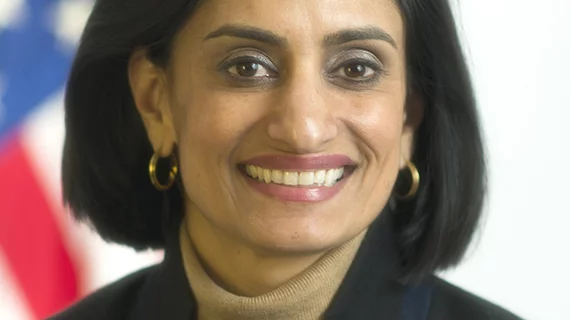Changes to the accountable care organization shared savings program by CMS are having the desired effect, but fewer ACOs are participating in 2019.
The declaration comes from CMS Administrator Seema Verma, who recently penned a blog post in Health Affairs outlining the recent outcomes of the ACO shared savings program.
The findings come months after the Trump administration announced it would reduce the timeline before ACOs had to take on downside financial risk. The changes overhauled the shared savings program, requiring ACOs to take on risk after a two-year period, compared to the previous six-year period.
According to Verma, CMS was “not seeing program-wide savings relative to cost targets over the first six performance years.” However, since updating the shared savings program, dubbed Pathways to Success, CMS is seeing better results, she wrote. Other estimates outside of CMS show much higher savings results over the first six years of the SSP.
“Pathways to Success put ACOs on a quicker path to taking on real risk, while offering ACOs the flexibilities they need to coordinate care and innovate,” she wrote, adding the agency also allowed additional services, such as telehealth services.
ACOs were not taking accountability for higher costs, according to Verma, and most were only sharing in savings rewards. CMS also found that physician-led ACOs performed better than hospital-led ACOs.
However, the changes also led to another consequence––fewer ACOs enrolled in the program. To HHS and CMS, this is not a big deal. HHS Secretary Alex Azar previously stated when the changes were first proposed that the push toward downside risk was worth it, even if that meant the loss of some participating organizations.
CMS approved 206 ACOs to start July 1 under the new Pathways program, 41 being brand new, according to Verma. The typical rate of new ACOs since the program started is about 100 each year. Furthermore, 518 ACOs are participating as of July 1, according to CMS, down from 561 in 2018. However, the number of assigned beneficiaries under ACOs jumped to 10.9 million in 2019, from 10.5 million in 2018.
Of the ACOs starting July 1, 48% are taking on risk for spending increases above the cost target, Verma wrote.
“If they exceed this target, they will be on the hook to pay back to CMS up to at least [2%] of their revenue or [1%] of their cost target, and as noted below most of these ACOs will put at risk significantly greater amounts,” she noted.
Nearly one-third of all SSP ACOs are taking on risk for spending increases––a 10% jump. In addition, 45% of ACOs starting July 1 are taking on risk at a higher level––at least 8% of their revenue or 4% of their cost target.
“This is a much higher percentage than has been the case in past application cycles,” according to Verma, who is “encouraged” by the trend.

